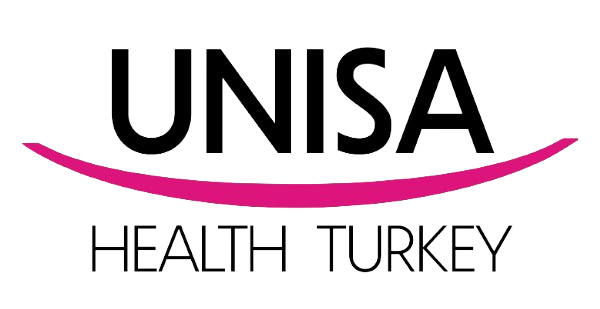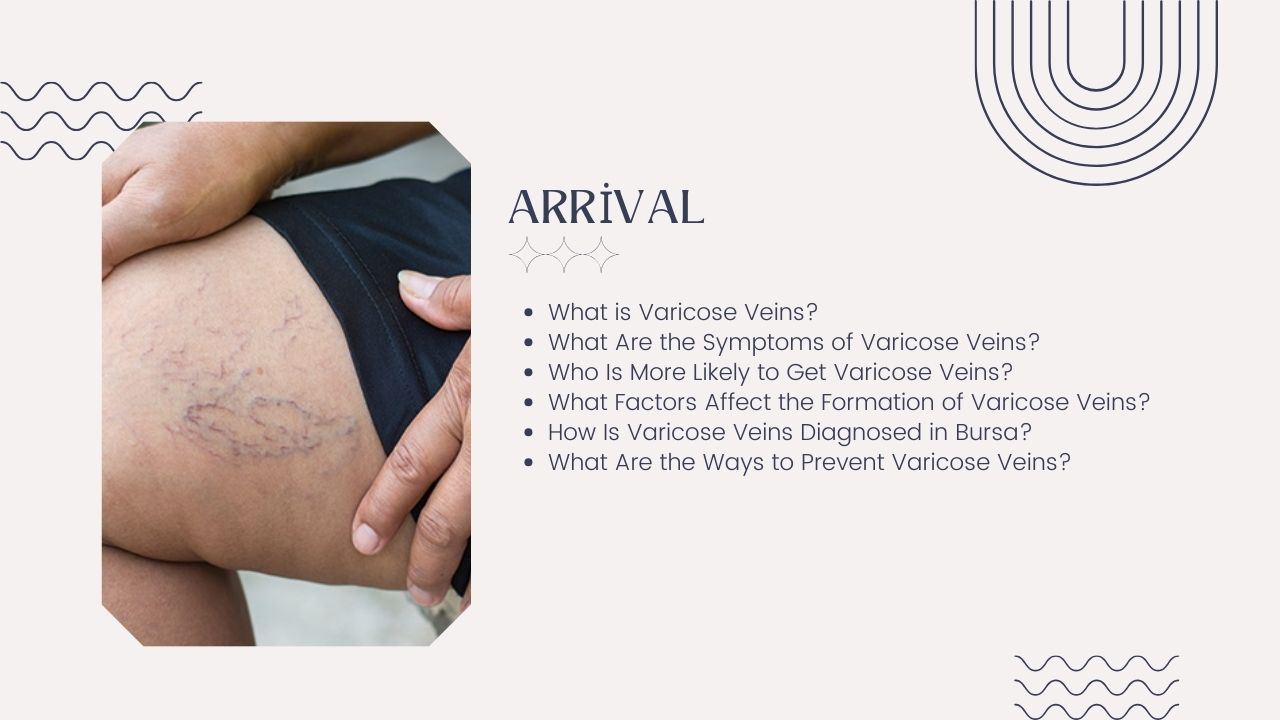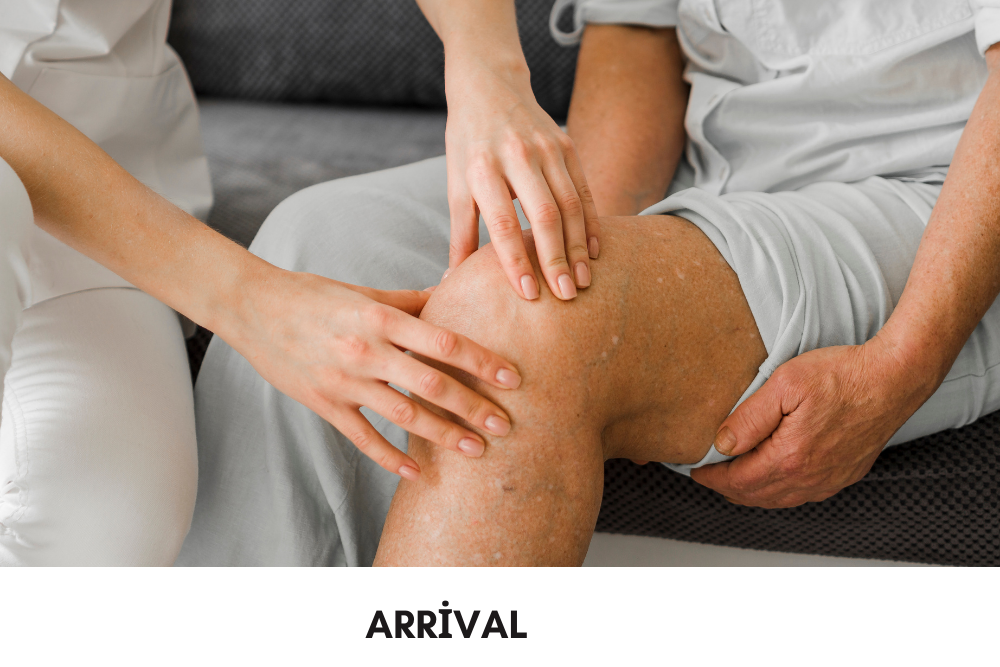Hello,
How Can We Help You?
Contact Form
Fill in the form and we will contact you as quickly as possible.
Contact us on Whatsapp
Scan with your camera app or click the QR code to start a conversation.


What is Varicose Veins?
What Are the Symptoms of Varicose Veins?
Who Is More Likely to Get Varicose Veins?
What Factors Affect the Formation of Varicose Veins?
How Is Varicose Veins Diagnosed in Bursa?
What Are the Ways to Prevent Varicose Veins?
Varicose veins are a condition characterized by the abnormal enlargement and twisting of veins, typically in the legs but can also occur in other areas of the body. Normally, blood returns to the heart through the veins in the body. However, in the case of varicose veins, the walls of the veins weaken or lose their elasticity, leading to the veins widening and twisting. This condition typically occurs in the superficial venous system, which is the veins just beneath the skin.
Varicose veins are often painless and may only be a cosmetic concern. However, in some cases, symptoms may occur. These symptoms may include pain, a sensation of heaviness in the legs, itching, burning sensation, cramps, swelling, and even changes in skin color. These can develop as varicose veins progress.
Several factors may play a role in the formation of varicose veins. Genetic predisposition, age, pregnancy, obesity, prolonged standing or sitting, sedentary lifestyle, hormonal changes, and wearing high-heeled shoes are factors that can influence the development of varicose veins.
Treatment options include conservative methods, sclerotherapy, laser therapy, radiofrequency ablation, vein stripping surgery, and endovenous laser ablation. However, treatment is typically done to reduce symptoms, halt the progression of varicose veins, and improve appearance, rather than to completely eliminate them.
In conclusion, varicose veins are a condition that arises from the abnormal enlargement and twisting of veins. Symptoms are typically mild but can be bothersome in some cases. Treatment options aim to reduce symptoms and improve appearance.

The symptoms of varicose veins typically manifest in the legs and often include the following:
Prominent Veins: Varicose veins can be visibly seen on the legs or other areas of the body. These veins are often purple, bluish, or red in color and are visible just beneath the skin's surface.
Pain and Discomfort: Pain, a sensation of heaviness, or discomfort in the legs are often associated with varicose veins. These symptoms are typically more pronounced at the end of the day or after prolonged periods of standing.
Itching: Itching in the legs may be experienced in association with varicose veins. This itching is often felt in the areas where varicose veins are present and can be bothersome.
Swelling: Swelling in the legs may occur in areas where varicose veins are present. This swelling is often more pronounced at the end of the day or after prolonged periods of sitting or standing.
Cramps: Cramping sensations or muscle spasms in the legs are often experienced in association with varicose veins. These cramps are typically more common overnight or after prolonged periods of standing.
Feeling of Fatigue: A feeling of fatigue in the legs is often experienced with varicose veins. This feeling of fatigue is typically more pronounced at the end of the day or after prolonged periods of standing.
Skin Changes: Changes in skin color or thickening of the skin may occur in areas where varicose veins are present. These conditions often develop as varicose veins progress.
The symptoms of varicose veins can vary from person to person and may change depending on the severity of the varicose veins. If you are experiencing varicose vein symptoms or are concerned, it is important to consult a doctor. A doctor can assess the symptoms and recommend appropriate treatment options to prevent the progression of varicose veins.
Varicose veins are a condition that can occur in individuals of any age and gender, but they may be more common in individuals with certain risk factors. Here are some risk groups in which varicose veins are more commonly seen:
Family History: Varicose veins are associated with genetic predisposition. Individuals with a family history of varicose veins are at a higher risk of developing them.
Age: Varicose veins may become more common with age. As individuals age, the walls of the veins weaken and lose their elasticity, which can facilitate the development of varicose veins.
Gender: Women are more prone to varicose veins compared to men. Factors such as hormonal changes, pregnancy, and birth control pills may increase the risk of varicose veins in women.
Pregnancy: During pregnancy, increased blood volume and the enlargement of the uterus can facilitate the development of varicose veins in women. Hormonal changes during pregnancy can also increase the risk.
Obesity or Being Overweight: Being overweight or obese can increase the pressure on the veins in the legs and promote the development of varicose veins
Contact Form
Fill in the form and we will contact you as quickly as possible.
Contact us on Whatsapp
Scan with your camera app or click the QR code to start a conversation.